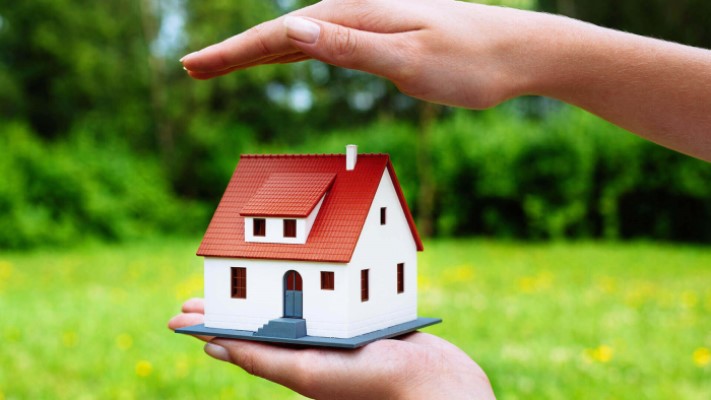
When you buy a new house or already own one, having home insurance is critical. The standard plan covers the structure, personal belongings in the place, and other living expenses. That includes damage from weather and burglary. You can also buy liability insurance if a person is injured on your property. While it is not mandatory to have home insurance, a lender may need you to have it. It is crucial to note that premiums vary based on different factors. Various things result in you getting a different premium from another homeowner. We will explore these things to help you understand the cost of your home insurance.
1. Location
Basically, location is a major determining factor when calculating premiums. Insurance companies assess the risk or your likelihood of claiming in the future. For instance, if you live in a place prone to theft or adverse weather, you are likely to pay more for your home insurance than a homeowner in a risk-free area. So, work with an insurance agency in North Miami Beach to learn the factors resulting in the premiums you get for the policy. Remember, the insurer will charge you higher if your home is in a high-risk area.
2. Condition and Construction
Before obtaining new home insurance, the company may inspect your home first. It includes a review of the exterior and HVAC, plumbing, and electrical systems. If there are significant issues, there is a chance you will get a higher premium. Your home’s age also impacts the insurance costs. Homes older than 30 years automatically get higher premiums compared to new ones. There may be decay, material restrictions, and safety issues that insurance companies consider as risky, hence the high premiums. Speak with your insurance agent to see if there is something you can do to lower the premiums.
3. Unit Size
The size of your home also affects your insurance plans. Insurers take into consideration the size of your unit to calculate the premium. This will make sense when you file a claim. It will cost the company more money if they need to repair or rebuild a large house. Therefore, the larger the unit size of your structure, the higher the insurance premium.
4. Coverage Level
The amount of coverage you need also affects the cost of home insurance. The more the cover, the higher the premium you must pay. You can calculate the premium based on how much you must pay to repair or replace your home. You can add personal property and liability coverage to the policy for further protection. Remember, a standard policy will not cover floods, sinkholes, or earthquakes. So, you will need to speak with your agent for additional policy.
5. Mortgage or Owned
Insurance plans are also different for owned homes or homes under mortgage. If you own a home, you can decide how much insurance you need. Everything, from the deductibles to premiums, is up to you. However, if the house is under a mortgage, you must have enough coverage acceptable to the lender. Lenders are different, so check the minimum requirements. You can pay the premium directly to the company when you own the house. However, for a home loan, you can pay the premium with the mortgage, and the lender will be on your behalf.
6. Deductibles
A deductible is the amount you pay before the insurance company chips in. If you have a high deductible, your premium will also be lower. However, you must have the amount when you make a claim. That is because the insurance company can only pay if you have sorted out the amount in the deductibles. Speak with Del Toro Insurance to understand how to go about deductibles. Ensure you also have an emergency fund so you will not need to pay out of pocket for replacement or repairs before insurance chips in.
Conclusion
Numerous factors go into the cost of your home insurance. However, the lower the risk, the lower the premium, and vice versa. Understanding these things and how you can take advantage of them will help reduce costs. Try moving to a low-risk area and improve your house to eliminate issues that might lead to a higher premium.






